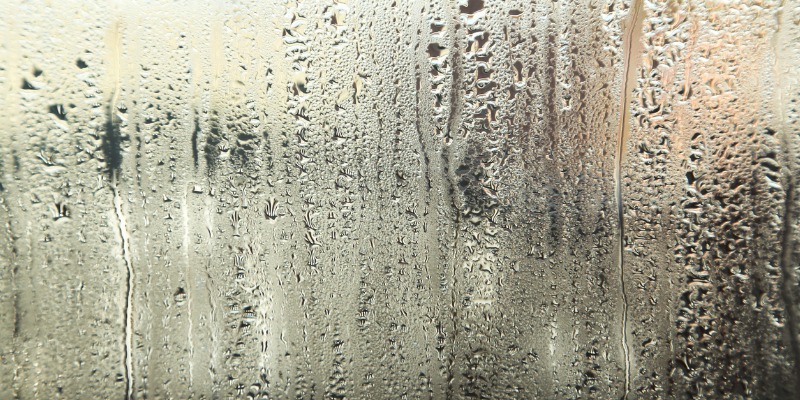
Those who have seen mold problems in a home, or are battling it themselves, know just how destructive and gross it can be. Mold can warp drywall and make your bathroom an unpleasant place to relax. One way of controlling mold is to reduce humidity. However, you might wonder exactly how much moisture you should strip from the air, knowing that too low humidity can cause problems for your home and health too. The key question is: how much humidity does mold need to grow?
How Much Humidity Does Mold Need to Grow?
Mold needs humidity the way that a plant needs rain. Too little, and it just can’t grow. That’s why experts recommend you keep humidity levels in your home at 55% or lower. Mold needs 55% or higher humidity in order to grow.
While overall humidity conditions in your home may be 55% or lower, it may be higher in select areas. This is common in bathrooms and kitchens, which generate humidity when you use them. It might also happen near
Also, remember that reducing humidity below 30% isn’t a good idea, either. This can cause health problems, making your eyes nose and skin dry, and exasperate lung and skin conditions. It can also dry out wood flooring, furniture, and make your home prone to static shocks.
Are you looking for more information on the humidity levels in your home? Our team at Ken Philip ClimateCare would be happy to help. Reach out to us today.
Does High Humidity Cause Mold?
While high humidity is a necessary ingredient for mold to grow, it doesn’t cause it per se. Your home needs to have mold spores in order for mold to grow. However, mold spores are essentially everywhere in every home. You can cut down on mold growth by trying to spill mold spores and reduce their overall numbers by cleaning surfaces and using air purifiers that are able to catch mold spores. While some commercial or healthcare settings can eliminate mold soair they can have high humidity levels, or just for cleanliness, this is not typically possible or affordable in a home.
Signs of High Humidity
Other than mold growth, are there signs that the humidity is too high in your home and may end up encouraging mold growth? Absolutely. Here are things to look out for:
- There is moisture on the windows
- Condensation on pipes and walls
- Lack of local vents above driers, kitchens, bathrooms
- Water damage on drywall
- Dampness on surfaces
You can also buy a hygrometer to measure the humidity in your home. Smart thermostats may also offer humidity readings, so ensure to check yours before you buy a hygrometer or ask the professionals to measure humidity for you.
Humidity Control
There are many ways to control humidity in your home, including using proper ventilation, dehumidifiers, or correcting issues that are generating too much humidity, such as air conditioner and water heater problems.
Are you looking for more information on home safety? Our team at Ken Philip ClimateCare would be happy to help answer any of the questions you may have. Give us a call today.




